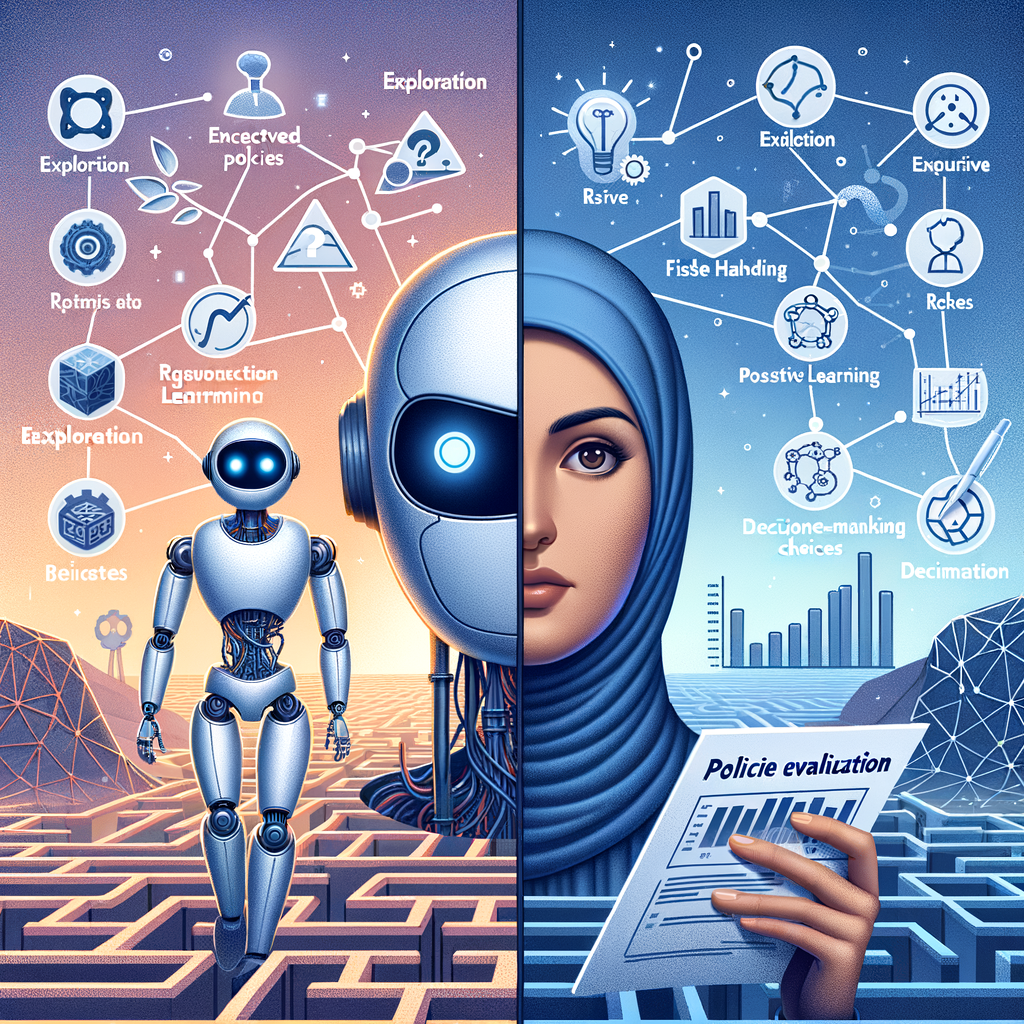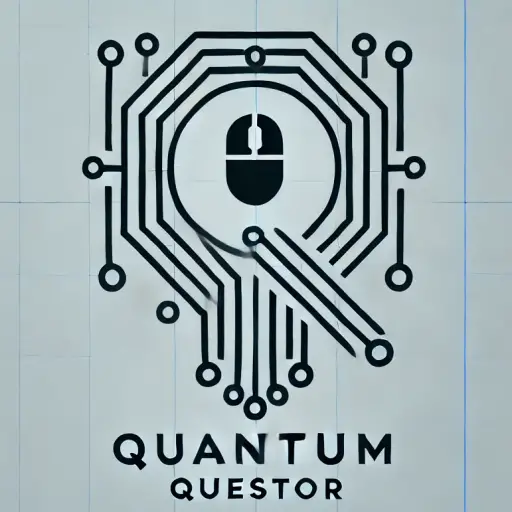
Introduction to Reinforcement Learning in AI
Reinforcement learning (RL) is a subfield of artificial intelligence (AI) that allows machines to learn from their environment by interacting with it. Unlike supervised learning, which relies on labeled data, RL focuses on agents making decisions that maximize cumulative rewards. This process is akin to how humans learn from experience, making RL an exciting area of study for both researchers and technology enthusiasts.
In the realm of reinforcement learning, two primary approaches are commonly discussed: active and passive reinforcement learning. Understanding these concepts is crucial for anyone looking to explore the depths of AI and its applications in various industries. In this article, we’ll delve into these approaches, examining their differences, use cases, and significance in modern AI development.
Understanding Active Reinforcement Learning
Active reinforcement learning is a method where an agent actively interacts with its environment to gather information and make decisions. The core idea is for the agent to explore different actions and observe the outcomes to improve its decision-making process.
In active RL, exploration plays a significant role. The agent must balance exploration (trying new actions) and exploitation (using known actions that yield high rewards). This balance is often defined by strategies such as epsilon-greedy or UCB1 (Upper Confidence Bound). These strategies ensure that the agent does not become stuck in a local optimum but instead explores the environment effectively.
Example: Robotics
A practical example of active reinforcement learning can be observed in robotics. Consider a robot navigating through an unknown terrain. It must decide whether to take a path it has previously traveled or explore a new route that might lead to higher rewards or efficiency. Through active RL, the robot learns optimal paths over time by continuously interacting with its surroundings.
Applications
Active reinforcement learning finds applications in areas like autonomous vehicles, where decision-making under uncertain conditions is crucial. Additionally, it’s used in gaming AI, where agents learn strategies by playing millions of simulated games against varying opponents.
Exploring Passive Reinforcement Learning
Passive reinforcement learning differs from its active counterpart by focusing on policy evaluation rather than exploration. In this approach, an agent follows a fixed policy or set of actions without seeking to explore new possibilities actively. The objective here is to evaluate the effectiveness of a given policy based on observed outcomes.
This method is often used when exploration poses risks or when an optimal policy needs validation before implementation. The agent learns from its experiences but does not deviate from its predefined course of action.
Example: Healthcare
An excellent example of passive reinforcement learning can be found in healthcare systems where patient treatment plans are evaluated over time. The system follows established protocols and gathers data on patient outcomes to assess the efficacy of treatments without experimenting with new methods that could pose risks.
Applications
Passive RL is widely used in financial trading algorithms where risk management is critical. Traders utilize historical data to evaluate strategies without actively exploring untested market scenarios that could lead to significant losses.
Comparing Active and Passive Reinforcement Learning
The primary distinction between active and passive reinforcement learning lies in the agent’s role concerning exploration. While active RL emphasizes exploration and trial-and-error learning, passive RL focuses on evaluating existing policies within set parameters.
- Exploration vs. Evaluation: Active RL involves continuous exploration for better decision-making, whereas passive RL evaluates fixed policies without seeking new paths.
- Application Suitability: Active RL suits environments requiring adaptive learning and decision-making like robotics or gaming, while passive RL fits stable environments like healthcare policy evaluation or finance.
The Importance of Both Approaches
Both active and passive reinforcement learning play vital roles in advancing AI technologies. Each approach offers unique benefits depending on the application’s needs, balancing exploration risks with policy validation requirements.
The Future of Reinforcement Learning in AI
The future of reinforcement learning in AI presents boundless possibilities as technology continues to evolve. With advancements in computational power and algorithms, both active and passive approaches will likely see increased integration into various sectors such as autonomous systems, smart cities, and personalized education platforms.
The hybridization of active and passive methods may also emerge as a trend, combining exploratory efficiency with policy evaluation robustness to create more sophisticated AI solutions capable of tackling complex real-world problems effectively.
Conclusion
Understanding active and passive reinforcement learning is essential for anyone interested in AI’s potential impact across industries. As these methodologies develop further, their applications will expand significantly beyond current capabilities. For those looking to dive deeper into this topic or explore related AI advancements, consider checking out resources such as DeepLearning.AI or OpenAI’s official website.



